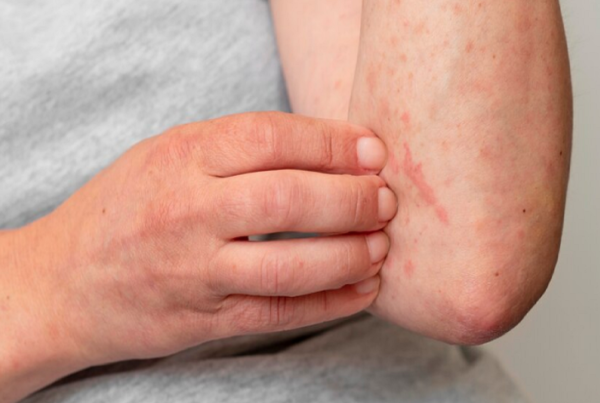How to Tighten Your Sagging Skin: Effective Treatment Options
As we age, our skin naturally loses its elasticity, resulting in sagging and loose skin. Factors such as sun exposure, genetics, weight loss, and collagen depletion contribute to this process. Sagging skin can affect various areas of the body, including the face, neck, arms, and abdomen, and can significantly impact one’s self-confidence. Fortunately, there are several effective treatment options available to help tighten sagging skin. In this blog, we will explore some of these treatments and discuss how they can restore a more youthful appearance.
1. Radiofrequency (RF) Skin Tightening
RF skin tightening is a non-invasive procedure that uses radiofrequency energy to heat the deeper layers of the skin, stimulating collagen production and tightening loose skin. This treatment is suitable for various areas of the body, including the face, neck, and abdomen. RF skin tightening is painless and requires no downtime, making it a convenient option for many individuals. Multiple sessions may be necessary to achieve optimal results, and the effects can last for several months to a year.
2. Ultrasound Therapy
Ultrasound therapy, such as Ultherapy, is another non-invasive treatment option for sagging skin. It utilizes focused ultrasound energy to target specific layers of the skin, stimulating collagen production and tightening loose tissue. Ultrasound therapy is commonly used for facial skin tightening, but it can also be applied to other areas of the body. The treatment is typically well-tolerated, and there is minimal downtime. Results become apparent gradually over several months as collagen production increases.
3. Laser Skin Resurfacing
Laser skin resurfacing is a versatile treatment that can address multiple skin concerns, including sagging skin. It works by using laser energy to remove the outer layers of the skin and stimulate collagen production. This process helps tighten the skin and improve its texture and tone. Laser skin resurfacing can be performed on the face, neck, hands, and other areas of the body. Downtime varies depending on the intensity of the treatment, but patients can expect some redness and peeling during the recovery period. Multiple sessions may be required for optimal results.
4. Dermal Fillers
Dermal fillers are injectable substances that can help restore volume and lift sagging skin. Hyaluronic acid fillers, such as Juvéderm and Restylane, are commonly used for this purpose. By injecting the filler beneath the skin, the treated area becomes plumped and lifted, reducing the appearance of sagging. Dermal fillers are particularly effective for facial rejuvenation, addressing concerns such as nasolabial folds, marionette lines, and loss of cheek volume. The results are immediate, and the effects typically last for several months to a year, depending on the product used.
5. Surgical Procedures
For individuals with more advanced or severe sagging skin, surgical procedures may be necessary to achieve the desired results. Facelifts, neck lifts, and body contouring surgeries, such as arm lifts and tummy tucks, are examples of surgical interventions for sagging skin. These procedures involve removing excess skin and tightening the underlying tissues to create a more youthful and toned appearance. Recovery times for surgical procedures vary, and it is essential to follow post-operative care instructions provided by the surgeon.
6. Skincare and Lifestyle Measures:
In addition to professional treatments, adopting a comprehensive skincare routine and making certain lifestyle changes can help improve the appearance of sagging skin. This includes:
- Regularly using moisturizers and serums containing ingredients such as retinol, peptides, and antioxidants, which can promote collagen production and improve skin elasticity.
- Protecting the skin from sun damage by applying sunscreen with a high SPF daily and wearing protective clothing.
- Eating a balanced diet rich in fruits, vegetables, lean proteins, and healthy fats, which provides essential nutrients for skin health.
- Staying hydrated by drinking an adequate amount of water daily, as hydration is essential for maintaining skin elasticity.
- Engaging in regular exercise, which can help improve muscle tone and promote overall skin health.
- Avoiding smoking and excessive alcohol consumption, as they can contribute to premature aging and skin sagging.
It’s important to note that the effectiveness of each treatment option can vary depending on individual factors, such as the extent of sagging skin and overall skin condition. Consulting with a qualified dermatologist or plastic surgeon is recommended to determine the most suitable treatment plan for achieving desired results.
In conclusion, sagging skin can be effectively addressed through various treatment options, ranging from non-invasive procedures to surgical interventions. By considering these treatments and adopting a healthy skincare routine and lifestyle habits, individuals can restore a more youthful and tightened appearance, boosting their self-confidence and overall well-being.






